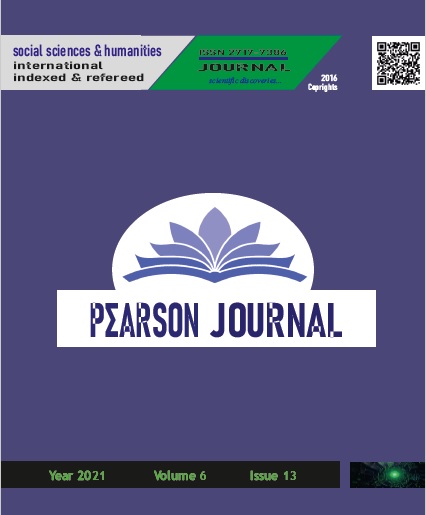EVALUATION OF PERCEPTIONAL RETURNS IN RE-EDITING WITH AUGMENTED REALITY OF CULTURAL HERITAGE
DOI:
https://doi.org/10.46872/pj.289Keywords:
Cultural Heritage, AR, Space Perception, 3D Modeling, AnimationAbstract
Today, there are unlimited possibilities to reconstruct cultural heritage using information communication technologies. Mobile applications, virtual and augmented reality applications, hologram technologies, interface design and software are some of the unlimited opportunities for reconstructing and visualizing cultural heritage. The only problem here is representation. In other words, it is not that easy to model a historical character that we have an idea in our collective memory and reflect it through sound and image. For this reason, the construction of cultural heritage requires an interdisciplinary study. The evaluator of the resulting product is the general user. When the cultural heritage is reconstructed with augmented reality, successful results are obtained to the extent that the end user can perceive the history, recognize the character, and perceive it with the help of an interface in a historical structure. In this article, the perception of history and place on the users of the Histourical AR mobile application, and their learning and motivation are examined. In order to perceive the history better, a video animation for Hagia Sophia and a 3D model of Fatih Sultan Mehmet were added to the application. The perception of space, on the other hand, is 3D modeled at the Ancient Roman Hippodrome (Horse Square), allowing users to walk around the model and experience the virtual space. Results were measured and evaluated with interviews, observations and questionnaires. Spatial perception in the surveys conducted with 397 people; It has been measured and evaluated separately as visual and semantic space perception. The scales used in the questionnaires (consisting of opposite adjective pairs) were reproduced by adapting to the subject. In addition to the previously used questionnaires, new models were produced and these models were re-evaluated with a focus group study of 5 people. In the interview, which lasted for 1 hour and 45 minutes, the feedback of the participants was deciphered and the comments were classified and interpreted with descriptive analysis. The common view that emerged from the focus group was that modeling the characters not from their daily life but with sections from the war situation would reflect the character more accurately. As a result of the research, it was concluded that the users wandering inside the hippodrome (with the phone / tablet interface), which was made 3D model, found the place understandable, had an interesting experience, and could perceive the space in historical reality. In terms of semantic space perception, after the video, which is shown to the user, Fatih Sultan Mehmet was asked to examine the 3D model. It was observed that the users who watched the story in the video felt peaceful about Hagia Sophia and perceived it as a unique and sacred place. The users who felt the most historical feeling as a result of this video were seen to perceive Hagia Sophia as a magnificent and exciting place. Users who interactively examined the 3D model shown to the focus group, their clothing and face, concluded that it was more convincing than the previous model.




